5. The White Ribbon
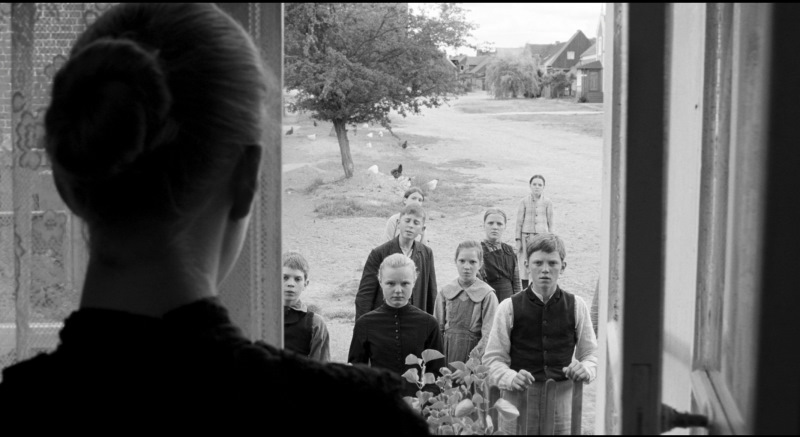
What defines a good history film? In the context of cinema, mere accuracy to the subject matter seems inconsequential in comparison to a narrative that properly resonates with an audience. This is precisely the reason why films like Lanthimos’s The Favourite, an incredibly stylized look at the life of Queen Anne, can find success in an international audience, despite its inherent roots in Greek Weird Wave, a film movement far detached from realism.
Much like the Favourite, albeit in a different sense, Michael Haneke’s The White Ribbon is a film that prides its message over the notion of historical accuracy. It tells a very fictional story set in a fictional, pre-War German village plagued by a series of ominous happenings. Haneke explores the roots and fundamentals of through the actions and reactions of a distinct cast of complex individuals, mainly children that would inevitably grow up to be Nazis after the events of the film.
The White Ribbon is an incredible study of hate. Haneke presents the sequence of events without much interference stylistically behind the camera, allowing for a genuine exploration of character, one that manages to stay free from melodrama. This experience treats its audience with respect enough to eliminate all but the necessary elements of the narrative, imploring us to draw our own narrative framework.
Haneke essentially creates an involved experience for his audience, enabling a genuine form of connection between the characters and ourselves, letting us experience, firsthand, the consequences of living in a world fueled by hate and chaos masquerading as law and order.
4. Synecdoche, New York
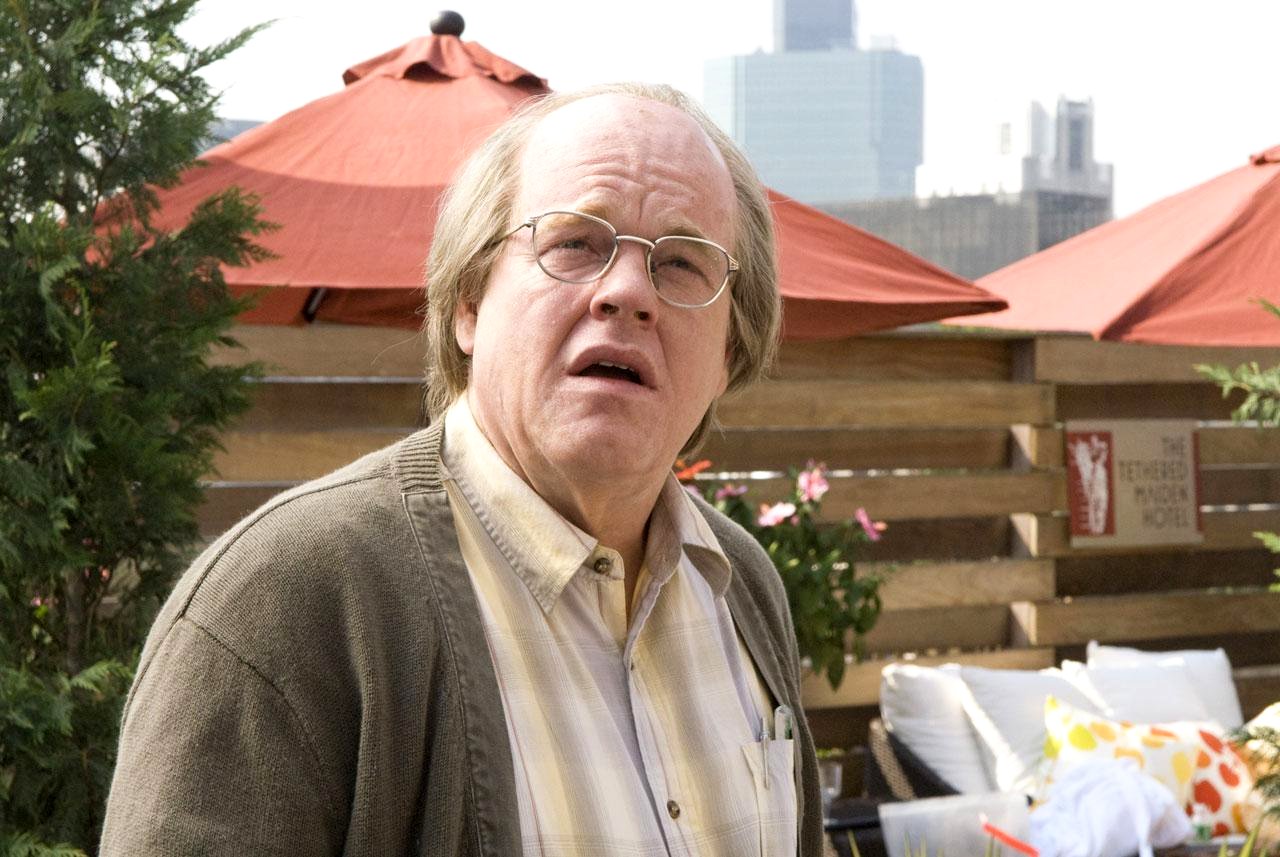
The directorial debut of perhaps the greatest writer in film history, one that brought to the art of script, a consistent level of innovation and experimentation that can rival that of what Kubrick brought to the art of directing, Kaufman’s Synedoche, New York remains the quintessential portrait of the creative mind.
Kaufman meaningfully explores the pretentiousness, the absurd, and the true existential gravity of the self-indulgent act of creating introspective art. The film begins modestly, presenting itself as a subdued character study of a talented yet depressed playwright, but as the narrative progresses, the film’s nature and grounds in realism slowly distorts into a surreal purgatory. Time and reality bends, the world itself descends into chaos, the narrative thrusts its audience deep down the rabbit hole that is the subjective mind of our protagonist.
To anyone working in the creative industry, Synecdoche New York offers an outlook that’s both hopeful and depressing. It’s easy to become attached to Phillip Seymour Hoffman’s tragic protagonist, but it’s equally as easy to detach ourselves from him and take the film as an objective reflection of our lives, one that teaches us to let go of our own ego lest we let it consume our lives.
Kaufman forces us to question our very existence in this world as a functioning member of society, asking us if it truly is worth sacrificing everything about who we are in favor of fueling our journey as an artist creating art.
3. The Master
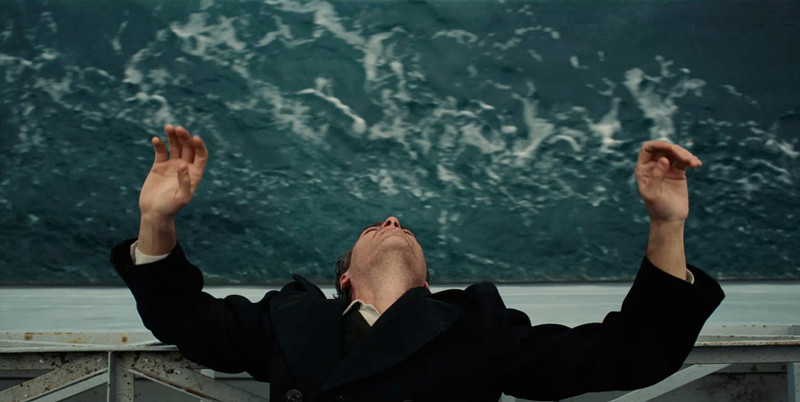
Much like Park’s The Handmaiden, Paul Thomas Anderson’s The Master tells yet another tale of sex, albeit one that’s far more sinister. The film is a masterclass on control and power, using sex as a tool to examine the carnal aspect of the tripartite soul, much alike how Kubrick himself explored the more emotional elements of the soul with sex in Eyes Wide Shut.
Anderson, himself a filmmaker specializing in incredibly unique characterizations, transports us into the world of Freddie Quell, a sex-hungry war veteran who finds solace in a cult dangerously similar to that of Scientology. What ensues from this radical amalgamation of ideologies, is a riveting ordeal that exists to question the many philosophies that could possibly emerge surrounding the very idea of a cult.
Though The Master may be the most divisive film on this list, partially due to Anderson’s admittedly dense vision, the experience it imparts is one that’s very much akin to the triumph that is 2001: A Space Odyssey. Anderson created an experience that’s universal. If it does fail to resonate with its peculiar narrative, secondary elements like the career-defining performances of both Phillip Seymour Hoffman and Joaquin Phoenix, or the many specimens of genius composition, certainly will not fail to engage.
Though one may consider The Master’s characters and their conflicts disconnected from anything one would reasonably encounter in their lives, there exists something deeper to appreciate. The narrative created by Anderson is one built around hyperbole, it exists, like any of the timeless works of Kubrick, to transport us into the stylistic and above all else, well-executed world of a truly unique character.
2. Metropolis
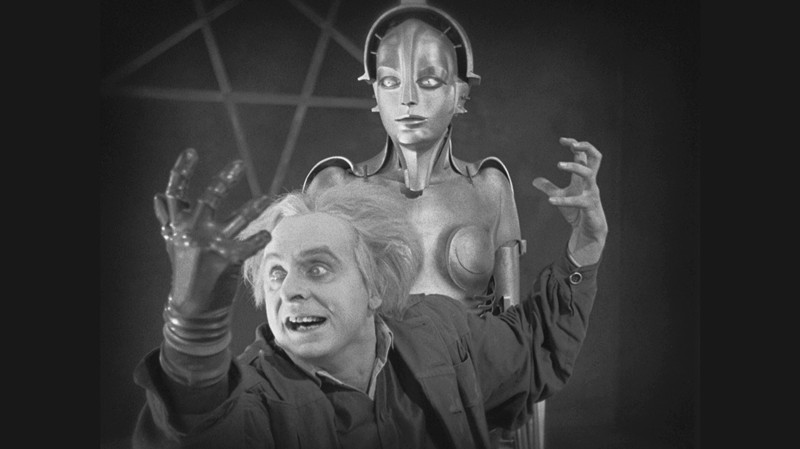
Metropolis may be a film that’s shot in silent Black-and-White, but the sheer level of innovation the film brought to cinema as an art form certainly transcends the test of time.
Fritz Lang, perhaps the greatest of the German Expressionists, replaced the iconic elements of horror that the film movement boasts, with the mystique new world of science fiction. The resulting cinematic experience is a genuinely groundbreaking piece of cinema that set the standard for the genre of sci-fi still unmatched today, telling a classic tale of equality through a complex love story between the epitomes of both the working and the upper class.
It’s often believed that world cinema prior to Hollywood and Citizen Kane is an art form still in its infancy, lacking the means of communicating a complex narrative beyond your typical three-act formula. Metropolis is the antithesis to that belief, with Lang having an incredibly clear understanding of his vision and how to communicate it to an audience. And how Lang communicates his vision is through grandiose feats of set design, building a futuristic dystopian society that provided an eerie and highly stylized glimpse into the near future of life under the Third Reich.
But Metropolis exists not as a political mouthpiece of any sorts. It stood the test of time, even after a century, because it’s the essence of visual storytelling at its finest. Much like how Kubrick’s lenses dominated the frames of cinema with an unparalleled eye for visuals, Lang set a truly high standard of visual storytelling, even before the true extent of cinema as a visual medium is realized to its full technical potential.
1. Andrei Rublev
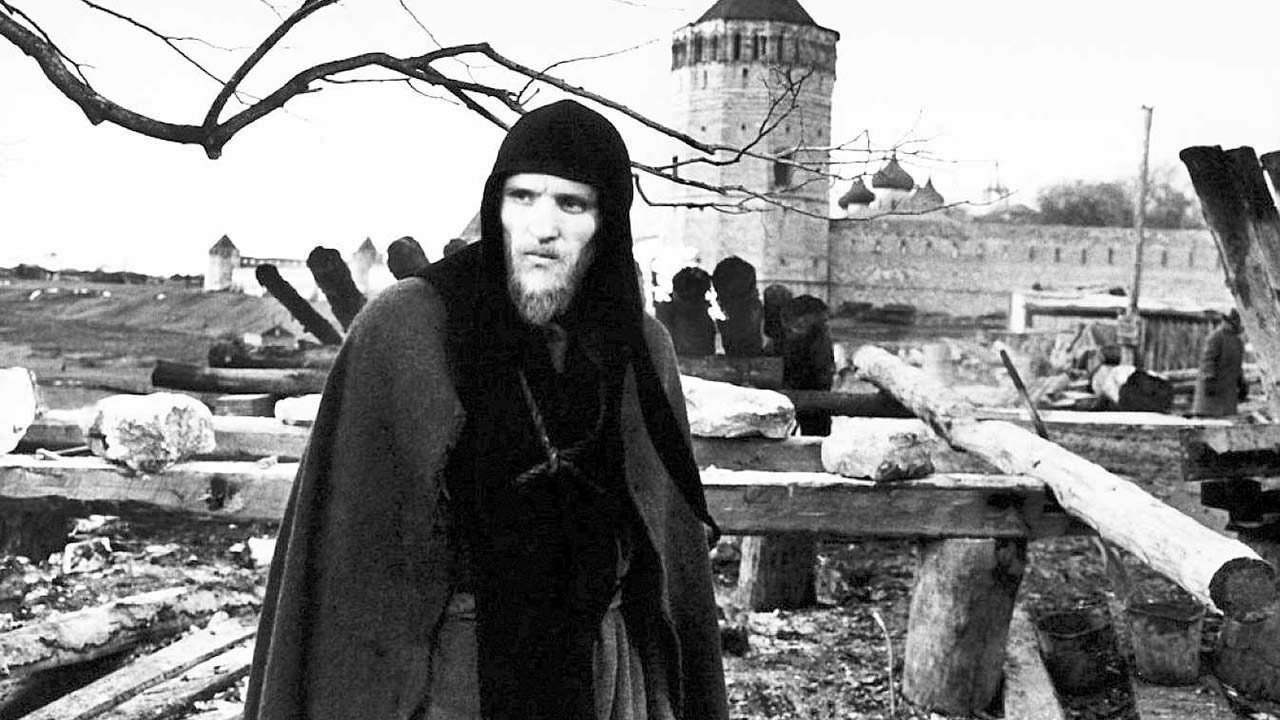
Perhaps the only filmmaker with a body of work that could consistently rival that of Kubrick’s, Andrei Tarkovsky’s 7-film career was a monumental piece of film history. If one were to so choose, one could meaningfully find a film education in each one of films, understanding firsthand, the poetics of the art form as interpreted by a philosopher of cinema. The cinema of Tarkovsky exists as a truly daunting milestone for any cinephile, but the film of his oeuvre that truly stands as imposing, to both a prospective audience as well as a budding filmmaker, is his historical epic Andrei Rublev.
Like almost every other entry on this list, Andrei Rublev is a film cited to be one of the greatest of all time, telling an impressive story split into 7 vignettes, spanning nearly a quarter century of the life of the titular 15th century icon painter, a life filled with challenges to his faith in God and mankind alike.
What defines Andrei Rublev as a truly poetic piece of work that defies all preconceived notion of the otherwise plain and generic formula of the biographical film is Tarkovsky’s camera, an asset that stands as tall as any one of Kubrick’s films.
The way the Russian representation of Kubrick frames his scenes is something directly inspired from dreams. Textures, colors, everything that constitutes what we know today to be the quintessential film look has roots in the cinema of Andrei Tarkovsky. Only a genius can inject so much raw emotion into a single shot of an empty building, or that of a river flowing. It is precisely through the execution of these scenes that Tarkovsky’s greatness can be felt.
Not many filmmakers would have the boldness to extend their narratives beyond what a rational audience would reasonably find comfort in. Tarkovsky’s cinema is not escapism. It’s a cinema that forces introspection, that intrigues us with its beauty and truly hooks us in with a powerful brand of visual storytelling that injects a wealth of poetry into a single frame.